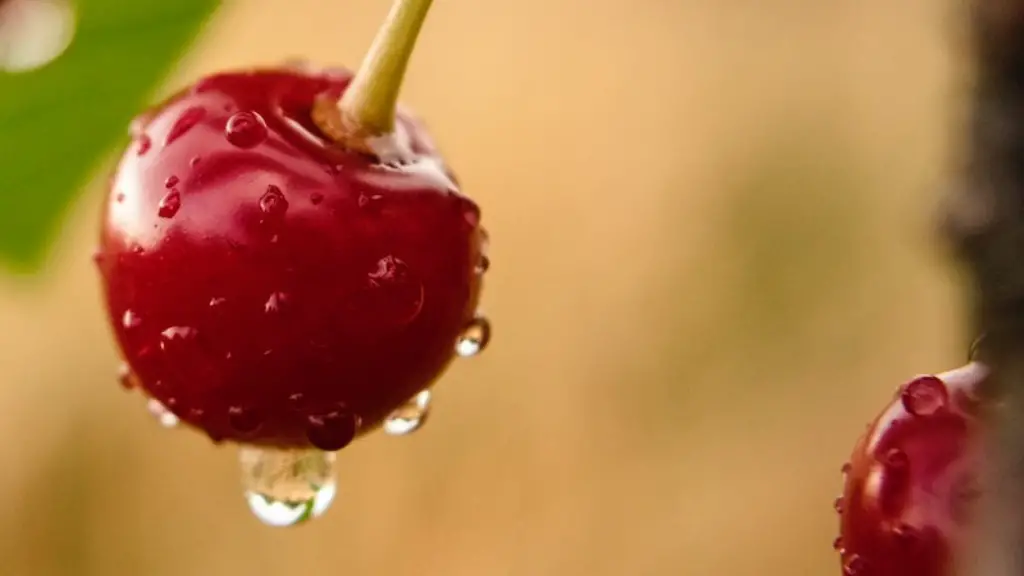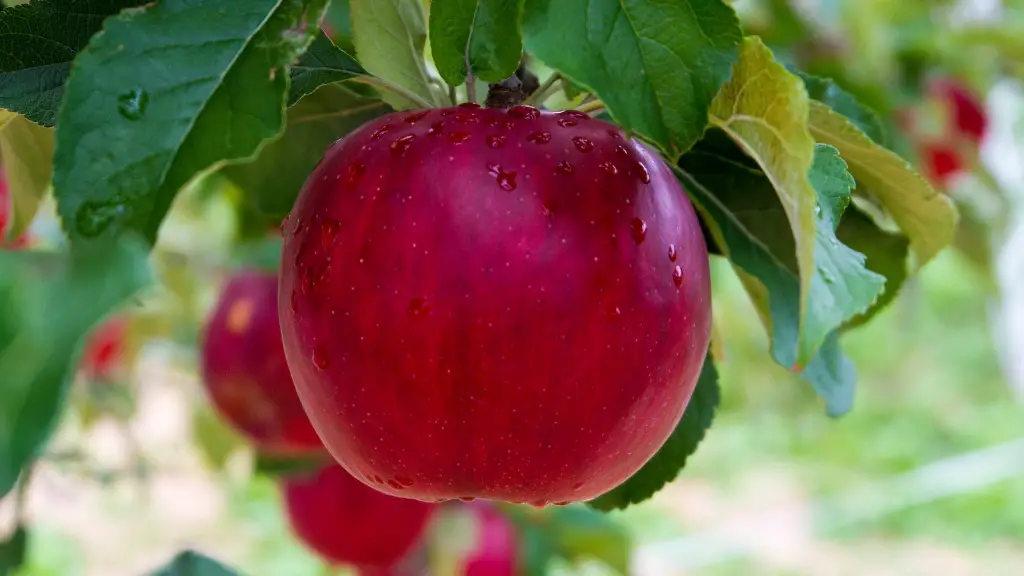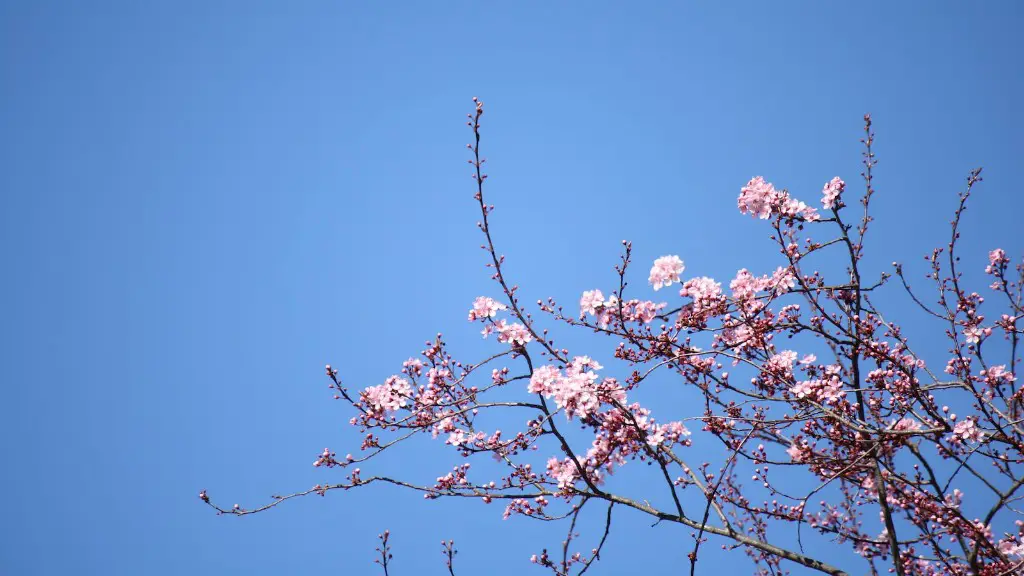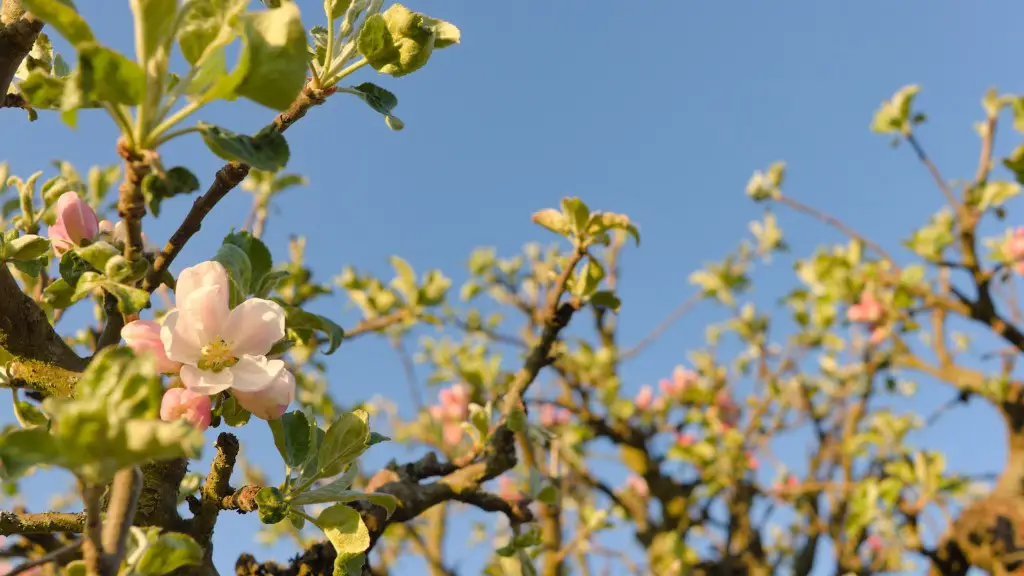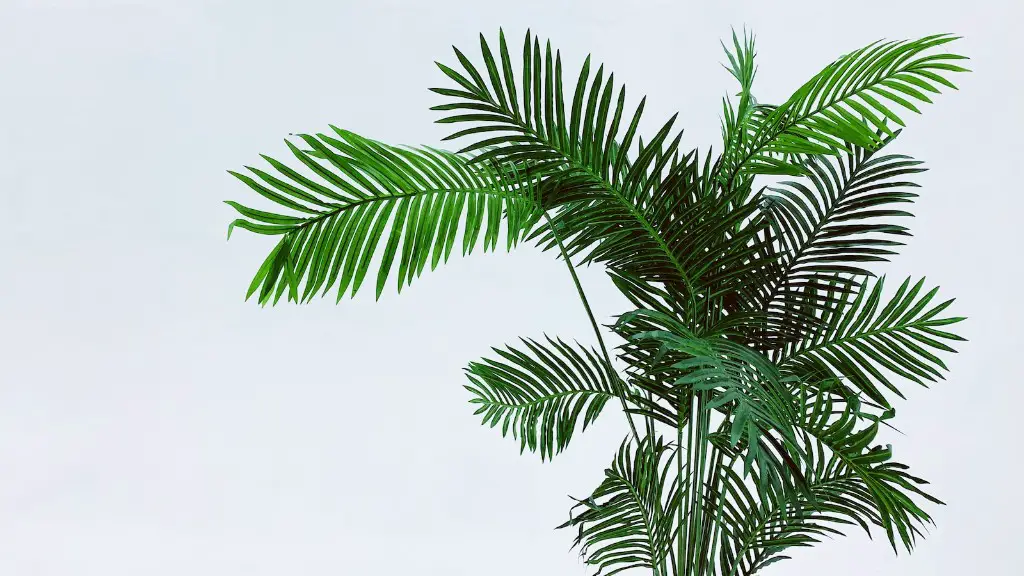Barbados cherries are a delicious tropical fruit that can be found in many parts of the world.These cherries have a sweet and tart flavor, and their bright red color make them a beautiful addition to your garden.Growing barbados cherries may seem intimidating at first, but with the right preparation and care, they can thrive in almost any backyard.
When planting a barbados cherry tree, the most important consideration is to select a sunny location.These trees prefer lots of direct sunlight and can tolerate some shade, but they won’t produce much fruit if they are in too much shade.Ideally, they should receive at least six hours of direct sunlight each day.
Soil type is also important.Barbados cherries thrive in a well-drained, slightly sandy soil.They can tolerate a variety of soil types, including clay, loam and limestone, but prefer soil that is slightly acidic.If you have any doubts about the pH of your soil, have it tested before planting.
Watering is also essential for barbados cherries.During the first season of growth, it is important to keep the soil moist at all times.Later on, the cherry tree should be watered only when the soil feels dry.An irrigation system can be helpful for keeping the tree healthy and preventing diseases.
Fertilizer can also help enhance the growth of your barbados cherry tree.Choose a balanced fertilizer, such as a 10-10-10 or 15-15-15 blend.It is important to follow the directions on the package carefully, as too much fertilizer can burn the roots of the tree.
Pruning is also important for barbados cherries.It is best to prune the tree when it is still young, as this will encourage the growth of strong branches.Dead or damaged branches should be removed and the tree should be shaped to allow plenty of light to reach the interior of the tree.Removing some of the fruit can also help encourages larger, sweeter fruit.
Overall, barbados cherries can be a rewarding addition to any garden.By selecting a sunny location, having well-drained soil, providing full sun, and using proper fertilization and pruning, you can ensure that your barbados cherry tree will be a healthy and productive one.
Disease Prevention
Barbados cherries are susceptible to a number of diseases, the most common being fruit rot and leaf spot.The best way to reduce the risk of disease is to keep your tree healthy and prevent stress.Keep the area around the tree free of weeds, as they can harbor diseases and pests.Mulching around the tree can also help keep the soil moist, which will prevent stress to the tree.
If you do see any signs of disease, such as discolored or sunken fruit, or spots on the leaves, treat the tree right away with an appropriate fungicide or insecticide.Be sure to follow the directions on the label.Regular pruning and removal of diseased branches and fruit can also help prevent the spread of disease.
It is also important to ensure that the tree is getting enough water.During periods of drought, supplemental watering may be needed.This is especially important for younger trees.A slow, deep watering anytime the soil feels dry will help ensure the tree gets the moisture it needs without drowning the roots.
Overall, proper care and regular monitoring are the best way to keep your barbados cherry tree healthy and disease-free.
Pest Control
Barbados cherry trees can also be susceptible to pests, such as aphids, scale, whiteflies and mites.The best way to control pests is to keep the environment around the tree clean and free of debris, as this will help prevent infestations.It is also important to monitor the tree regularly for signs of pests and to treat any infestations right away.
Using an insecticidal soap or a horticultural oil can also help control pests.These products are safer for the environment than traditional chemical pesticides, and they can be effective against many pests.Be sure to follow the directions on the label carefully, as using too much can damage the tree.
In addition to chemical treatments, there are also some other measures you can take to reduce pest infestations, such as removing infested branches and spraying the tree with water.It is also important to keep the soil around the tree clean and free of debris, as this can provide a breeding ground for pests.
Overall, proper care and regular monitoring are the best way to keep pest populations under control.By taking the appropriate steps, you can help ensure your barbados cherry tree remains healthy and productive.
Harvesting and Storage
Barbados cherries should be harvested when they are ripe.They will turn from green to deep red when they are ready to be picked.The timing will depend on the variety of tree you have, as some varieties will ripen earlier than others.Harvesting your cherries when they are ripe will ensure the best flavor.
Once the fruit is harvested, it can be stored in the refrigerator for up to two weeks.If you have more than you can eat, you can also freeze them for up to six months.The cherries can also be dried or made into jam or jelly.
Harvesting and storing your barbados cherries is a great way to keep them fresh and enjoy the fruit of your labor all year round.
Varieties
Barbados cherries come in a range of sizes, shapes, and colors.The most common variety is the Ruby Red, which is a medium-sized cherry with bright red skin and a deep red flesh.Other varieties include the Golden Drop, which is larger and more golden in color, and the miniature Barbados Dwarf, which is a compact, thornless tree with small, dark red fruit.
When selecting a variety of tree for your garden, consider its size and location, as well as its resistance to disease.Some trees are more resistant than others, and selecting a tree that is suited to your climate can help ensure a successful harvest.
Overall, there are many different varieties of barbados cherries to choose from.It is important to do your research and pick one that will best suit your needs.
Conclusion
Barbados cherries are a delicious and nutritious tropical fruit that can be grown in almost any backyard.By selecting a suitable location, providing plenty of sunlight and water, and using proper fertilization and pruning, you can help ensure a successful harvest.Pest and disease control is also important, as is regular monitoring and harvesting.Finally, selecting a variety of tree that is suitable for your climate can help ensure a fruitful yield.
